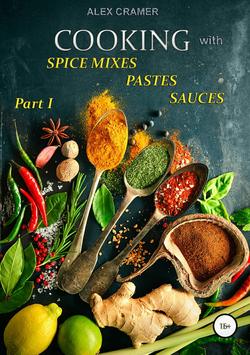Читать книгу Cooking with spice mixes, pastes and sauces - Alex Cramer - Страница 17
ОглавлениеFresh herbs processing.
After purchase, fresh herbs should be thoroughly rinsed off dust and dirt under running cold water and then dried. Then it’s time for their further processing. Usually, only leaves and small stalks of herbs are used for pastes and sauces. Large stalks are usually removed but not disposed as they can be used for aromatization of various other dishes to avoid a great deal of waste in kitchen. These large stalks can be added to salads or cold dishes and snacks. Wood stalks of rosemary, thyme, tarragon, oregano or marjoram can be used as skewers or for flavoring, for example, they can be added into a stew, soup, on grill coal or barbecue.
In order to separate leaves from soft stalks herbs such as coriander (cilantro), parsley, dill, fennel or basil, you should hold the solid stalk with one hand while plucking the leaves with the other hand. The leaves on wooden stalks are separated from the base to the top: hold the base of the stalk with one hand, and the fingers of the other hand purge away the leaves from the entire stalk moving towards its tip.
If you are not going to use fresh herbs immediately, you need to prepare them for temporary storage. Take a small container, cover the bottom with a sheet of paper towels, and put herbs leaves into container. Close the container tightly and place it in the refrigerator. Herbs can be stored for 5-7 days in such a way, so they should be used as intended during this time. You can also use freezer bags to store small bunches of herbs. Just place few stalks in a bag and sprinkle slightly with water. Close the bag tightly and place it in the refrigerator. A bunch of fresh herb can be stored by placing its base in a small container of water, and then put in the refrigerator. You can store herbs about 1-2 days in such a way.
